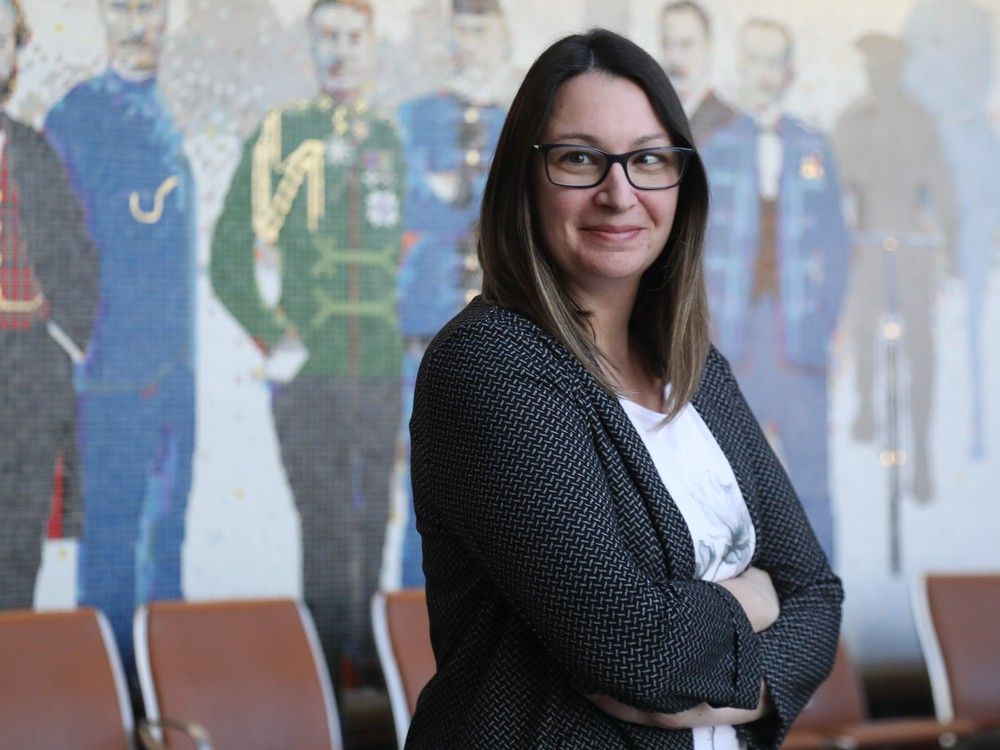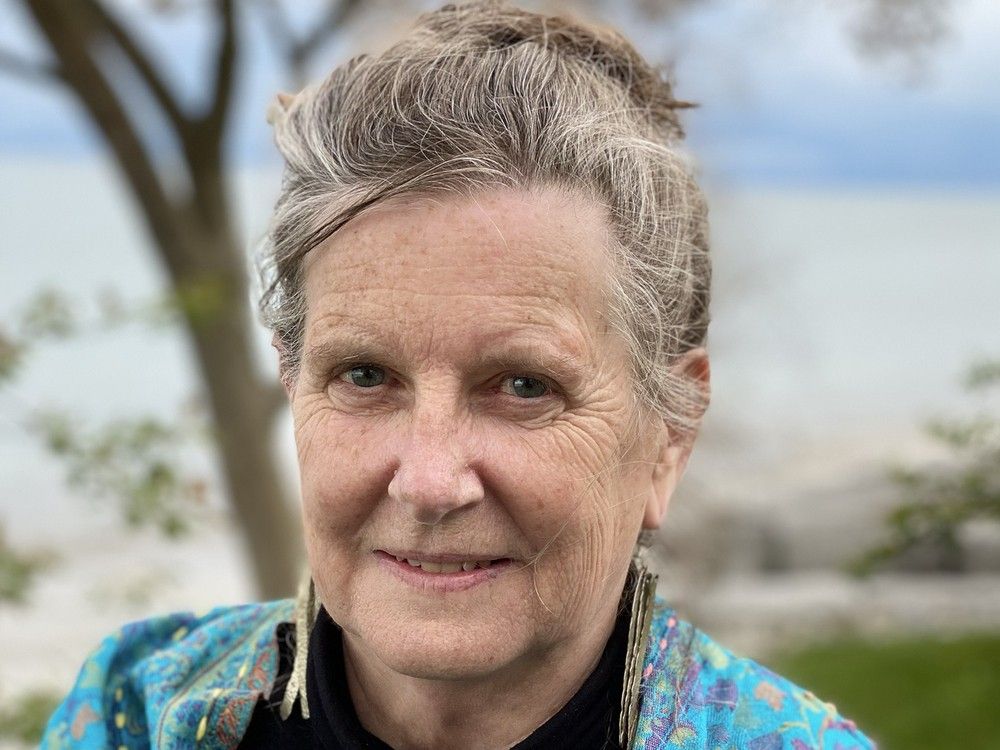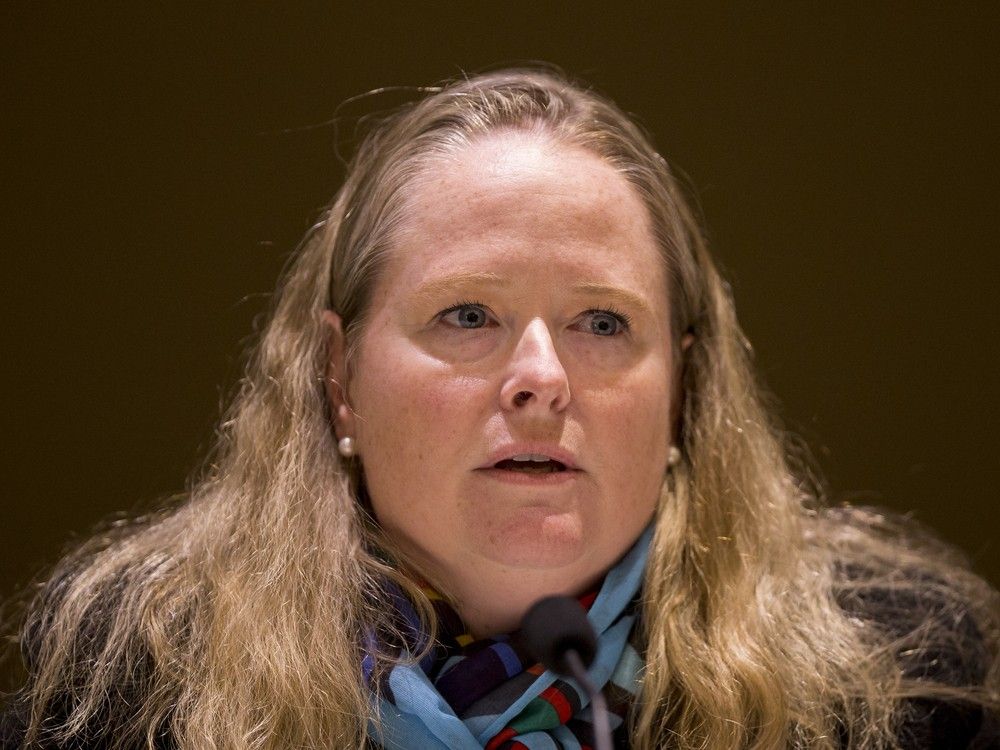Police have identified four Ottawa deaths as “femicides” this year, exceeding the total of three femicides reported in all of 2024.
The Ottawa Police Service became
the first Canadian police force to use “femicide”
in its public statements in 2022, even before adopting a formal definition.
A femicide is generally defined as “the killing of women and girls because of their gender,” often driven by gender roles, discrimination towards women and girls or unequal power relations between women and men.
The term “femicide” does not affect court proceedings and is not used in the Criminal Code of Canada, but using it highlights to the community that a woman was murdered, often because of her gender, said
Melanie Winwood, the OPS senior advisor on violence against women.
“We want to bring attention to the fact that women are murdered, often because they are women,” Winwood said.

The four Ottawa deaths declared femicides so far this year:
• Tracy Duncan ,54, was found dead at her residence on Carousel Crescent in Gloucester at about 11:30 a.m. on Monday. Stephen Doane, 57, was arrested by police and was charged with second-degree murder.
• Renée Descary, 51,
was stabbed to death on Heney Street in Lowertown on April 1.
Oliver Denai, 24, was charged with second-degree murder.
• Brenda Rus, 60, was found dead in a residence on Brentbrook Crescent in Barrhaven on April 6.
Robert Rus, 61, was charged with first-degree murder.
• Rachelle Desrochers, 54, was reported missing in April and had last been seen March 14 at a McDonald/s restaurant on Elgin Street. Investigators said they had reason to believe she was killed and her body was in a local landfill, where search efforts were ongoing. Joshua Blair, 25, was charged with second-degree murder and indignity to a body on May 26.
A Christmas 2024 slaying was also later determined to be a femicide. Jolene Arreak died in a home on Spadina Avenue on Hintonburg on Dec. 25.
Manasi Foo, 35 was charged with second-degree murder and the
attempted murder of a surviving victim, who was treated in hospital and released.
According to preliminary Ottawa figures for last year, released in January, 6,636 intimate partner violence (IPV) incidents were reported in 2024, resulting in 3,355 charges laid, an increase from the the previous year.
On average, the OPS receives 18 calls for service related to IPV incidents every day. About 79 per cent of victims are identified as female, 20.5 per cent as male and 0.5 per cent as unknown. Almost half of the victims are between 30 and 45 years old, and 28 per cent are between 18 and 29.
OPS is introducing three initiatives this year to prioritize victim-centred care when dealing with high-risk and vulnerable victims, including victims of intimate partner violence.
• I
mplementing a five-question risk assessment screening tool developed in partnership with researchers at Western University specifically for Intimate Partner Violence cases. The tool was developed to identify situations where victims may benefit from early interventions.
Two civilian “risk navigators” will use the information to identify high-risk or vulnerable victims and connect them with resources. The risk navigators review calls to determine how many calls have been to an address and to identify other safety concerns such as substance abuse, mental health and access to firearms.
• Launching a “victim choice reporting” pilot project that will give victims in low-priority calls the option of reporting sooner than if they wait for patrol officers to arrive at their addresses. Three officers will be involved in the project, Winwood said. The average response time for a walk-in report is 25 minutes, compared to one hour 40 minutes for a patrol officer to respond to a low-priority call, she said. The pilot project gives victims other choices, such as a phone or Zoom call or a visit by a officer in plain clothes.
• Giving police access to a translation app so officers have access to real-time language interpretation within 60 seconds. The app has access to translation in more than 200 languages and allows victims to make statements or ask questions in the language of their choice, Winwood said.
Using the term “femicide” has helped increase public awareness, says lawyer Pamela Cross, a member of the Chief Coroner’s Domestic Violence Death Review Committee, which produces annual reports.
Cross points out that Kingston police used the term for the first time in May after a man
was arrested and charged in the slaying of his 25-year-old intimate partner.

“Naming it what it is is very helpful in terms of increasing awareness,” Cross said. “It’s not just random. The more we talk about it, the better we’re in the position to make changes.”
The 2022 inquest into the 2
015 murders of Carol Culleton, Anastasia Kuzyk and Nathalie Warmerdam by Basil Borutski in Renfrew County delivered 86 recommendations, including asking the Province of Ontario to formally declare Intimate Partner Violence (IPV) to be an epidemic. The province declined to do so, but Ottawa city council declared an epidemic in March 2023.
One of the best things that came of the inquest was increased trust and respect between police and frontline workers, said lawyer Kirsten Mercer, who represented
End Violence Against Women Renfrew County, a coalition of community groups, at the inquest.
The violent deaths of women only appear in the statistics if police call them femicides, or if they appear in media reporting, Mercer said, and using “femicide” makes patterns more visible and makes it possible to talk about disrupting patterns of violence.

“Once you start asking questions, you will start to get more answers. We don’t know that there are more femicides, but we know there are more cases being reported as femicides,” Mercer said. “We are counting things that we weren’t seeing before.”
Last November, NDP MPPs Lisa Gretzky, Kristyn Wong-Tam, Jill Andrew, and Peggy Sattle co-sponsored Bill 173, calling for IPV to be
declared an epidemic in Ontario. Because of the call of the provincial election in February, the bill died. However, more than 100 Ontario municipalities have so far declared IPV an epidemic, Cross said.
According to the Canadian Femicide Observatory, which tracks the killing of women and girls, 187 women and girls were killed by violence in this country in 2024.
That means, on average, one woman or girl is killed every other day somewhere in Canada, mostly by men. Again, on average, one
woman is killed by her male partner every week.
“As wonderful as it is for the system to make changes, it doesn’t change the fact that, societally, we still have ingrained gender stereotypes and unequal power relations,” Winwood said.
The numbers are discouraging, but public awareness is increasing, Cross said.
“I think that’s a big part of moving forward.”
Our website is your destination for up-to-the-minute news, so make sure to bookmark our homepage and sign up for our newsletters so we can keep you informed.
Related
- Renée Amilcar resigning as OC Transpo general manager as of July 18
- Kanata jewelry robbery suspect sought by Ottawa police



